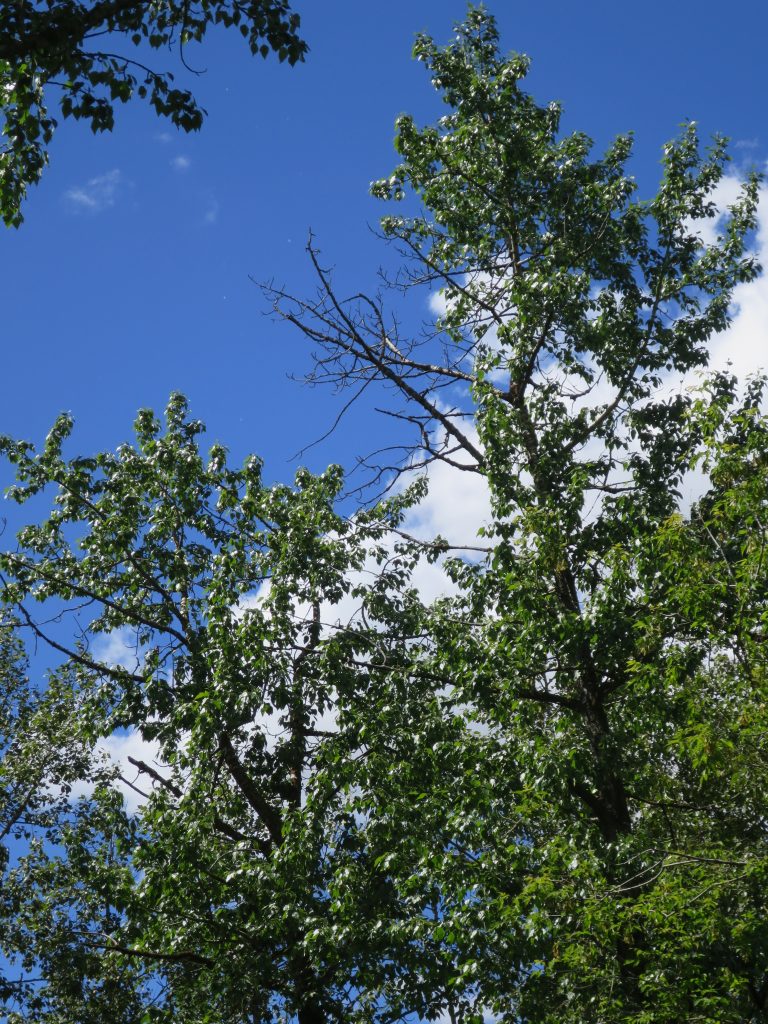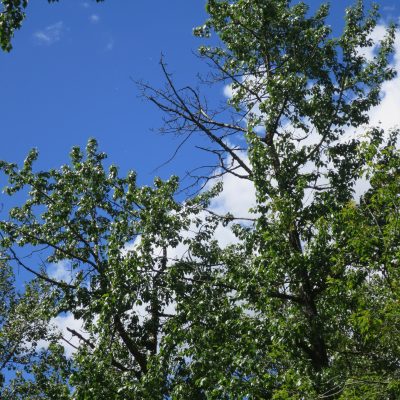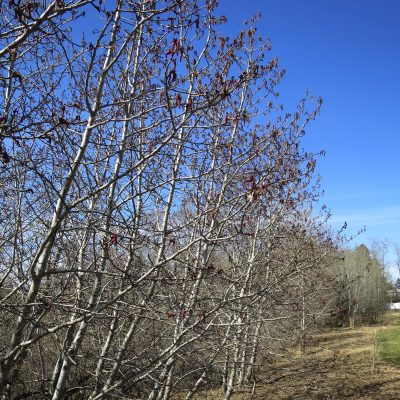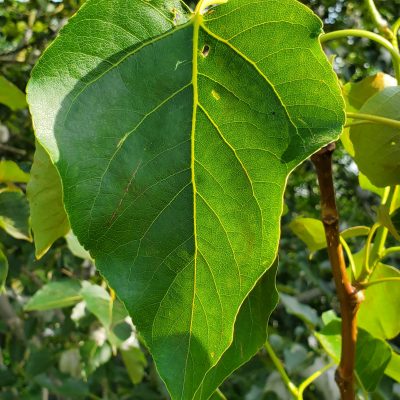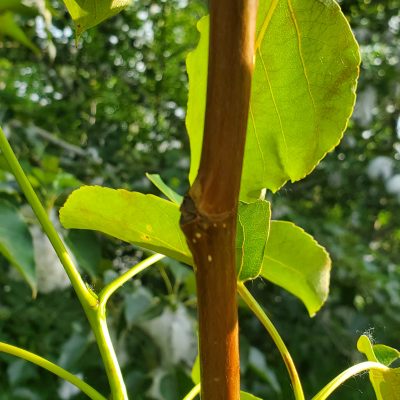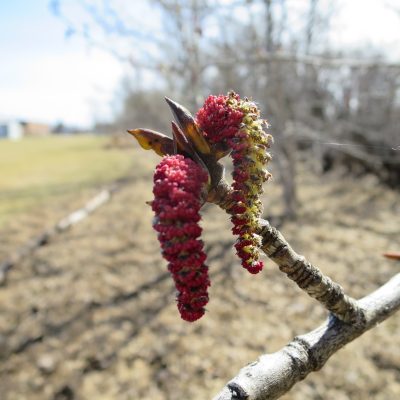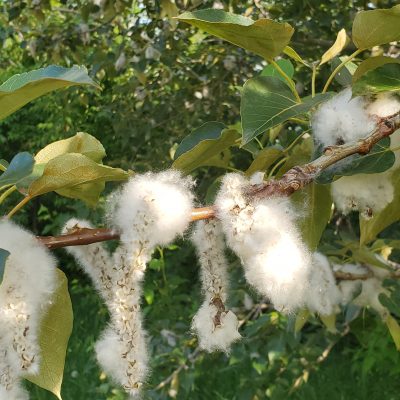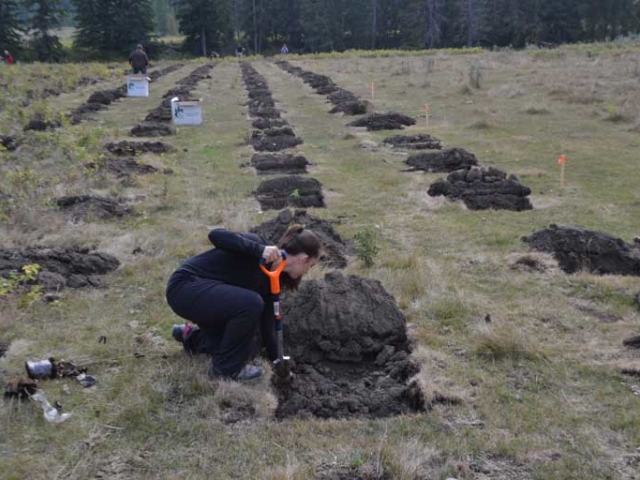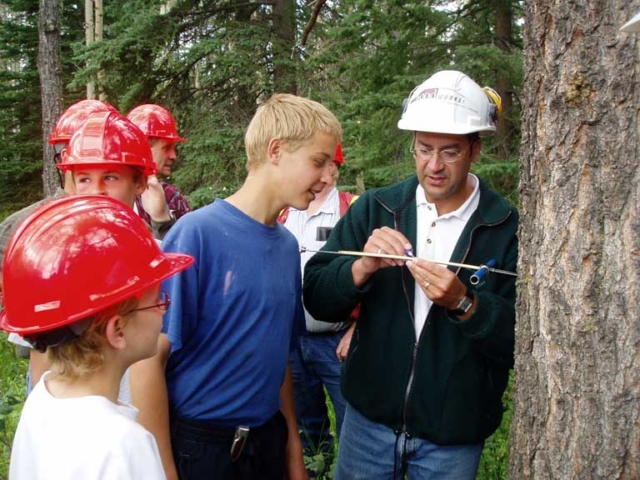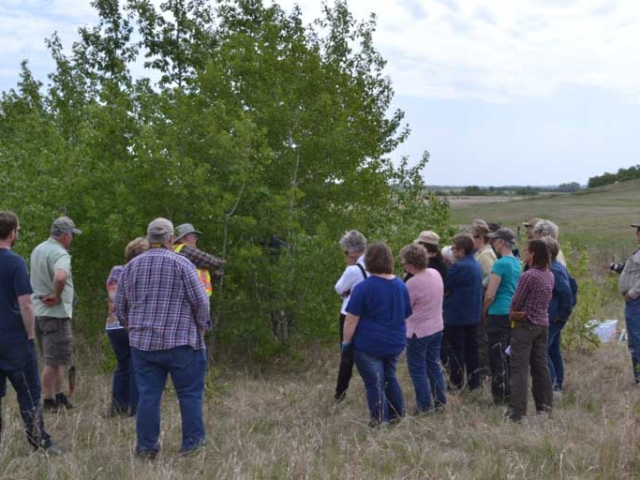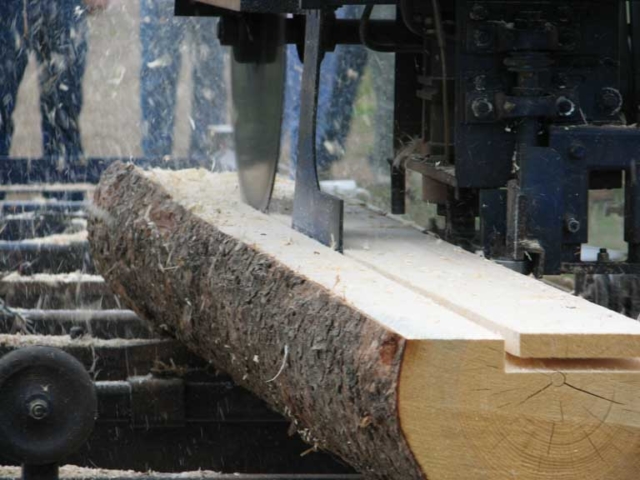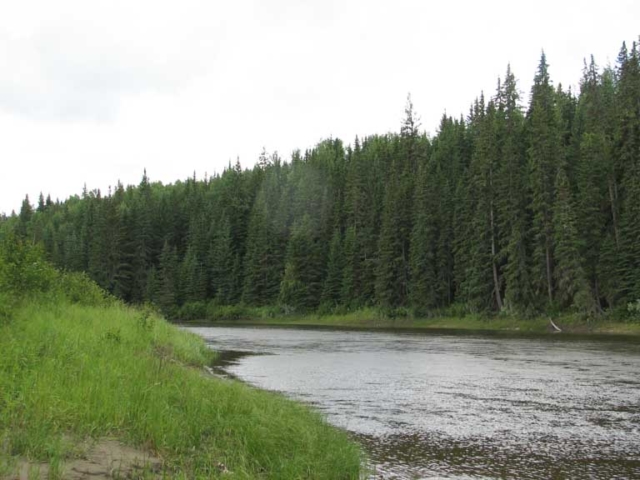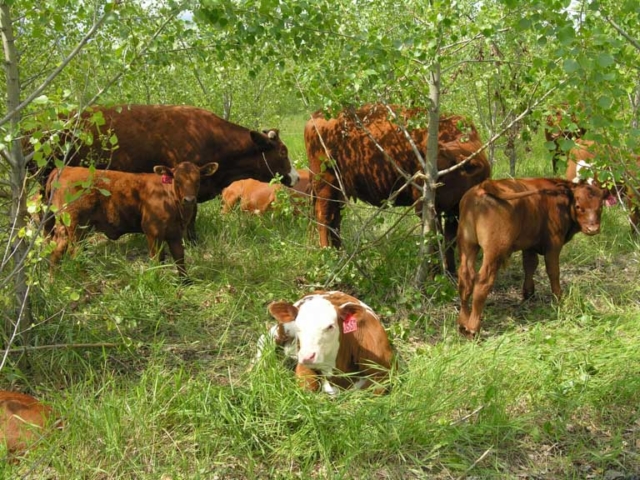Description / Details
Balsam poplar (Populus balsamifera)
Balsam poplar is a fast growing, fast suckering tree that prefers moist to wet sites, and can handle seasonal flooding. Indeed, it is well adapted to flooding: its deep, binding root system is excellent for holding together the banks of rivers, streams, lakes, and wetlands. Further, its famous (or infamous) white fluff is timed perfectly with the June flood season, sprouting up on the exposed wet soils that are left as the waters recede.
The seeds of balsam poplar are eaten by birds, and the sticky fragrant leaf buds have medicinal properties, and can be used in salves and infused oils. Its wood is less valued commercially than aspen, but is used to make plywood, OSB, crates, pallets, and furniture.
Balsam poplar is an excellent, commonly used pioneering species for Eco-Buffers, and is also used extensively in riparian buffers. Unlike aspen, balsam poplar grows readily from cuttings (refer to AWES’ Stem Cuttings factsheet). Existing balsam poplar forest cover can also be expanded by root pruning along the forest’s edge (refer to AWES’ Root Pruning factsheet).

